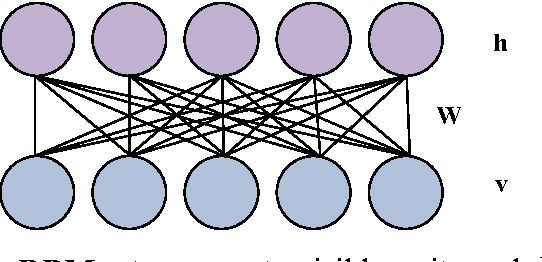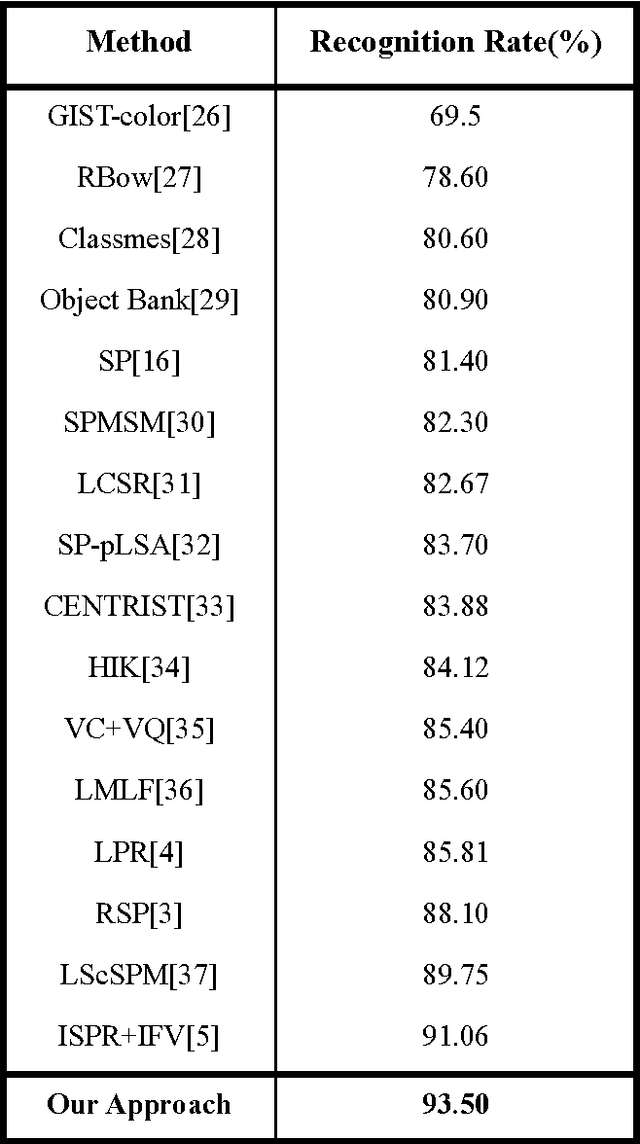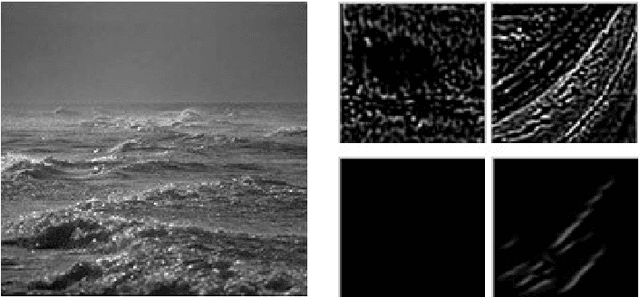Jingyu Gao
Natural Scene Recognition Based on Superpixels and Deep Boltzmann Machines
Jun 24, 2015



Abstract:The Deep Boltzmann Machines (DBM) is a state-of-the-art unsupervised learning model, which has been successfully applied to handwritten digit recognition and, as well as object recognition. However, the DBM is limited in scene recognition due to the fact that natural scene images are usually very large. In this paper, an efficient scene recognition approach is proposed based on superpixels and the DBMs. First, a simple linear iterative clustering (SLIC) algorithm is employed to generate superpixels of input images, where each superpixel is regarded as an input of a learning model. Then, a two-layer DBM model is constructed by stacking two restricted Boltzmann machines (RBMs), and a greedy layer-wise algorithm is applied to train the DBM model. Finally, a softmax regression is utilized to categorize scene images. The proposed technique can effectively reduce the computational complexity and enhance the performance for large natural image recognition. The approach is verified and evaluated by extensive experiments, including the fifteen-scene categories dataset the UIUC eight-sports dataset, and the SIFT flow dataset, are used to evaluate the proposed method. The experimental results show that the proposed approach outperforms other state-of-the-art methods in terms of recognition rate.
A Novel Feature Extraction Method for Scene Recognition Based on Centered Convolutional Restricted Boltzmann Machines
Jun 24, 2015
Abstract:Scene recognition is an important research topic in computer vision, while feature extraction is a key step of object recognition. Although classical Restricted Boltzmann machines (RBM) can efficiently represent complicated data, it is hard to handle large images due to its complexity in computation. In this paper, a novel feature extraction method, named Centered Convolutional Restricted Boltzmann Machines (CCRBM), is proposed for scene recognition. The proposed model is an improved Convolutional Restricted Boltzmann Machines (CRBM) by introducing centered factors in its learning strategy to reduce the source of instabilities. First, the visible units of the network are redefined using centered factors. Then, the hidden units are learned with a modified energy function by utilizing a distribution function, and the visible units are reconstructed using the learned hidden units. In order to achieve better generative ability, the Centered Convolutional Deep Belief Networks (CCDBN) is trained in a greedy layer-wise way. Finally, a softmax regression is incorporated for scene recognition. Extensive experimental evaluations using natural scenes, MIT-indoor scenes, and Caltech 101 datasets show that the proposed approach performs better than other counterparts in terms of stability, generalization, and discrimination. The CCDBN model is more suitable for natural scene image recognition by virtue of convolutional property.
 Add to Chrome
Add to Chrome Add to Firefox
Add to Firefox Add to Edge
Add to Edge